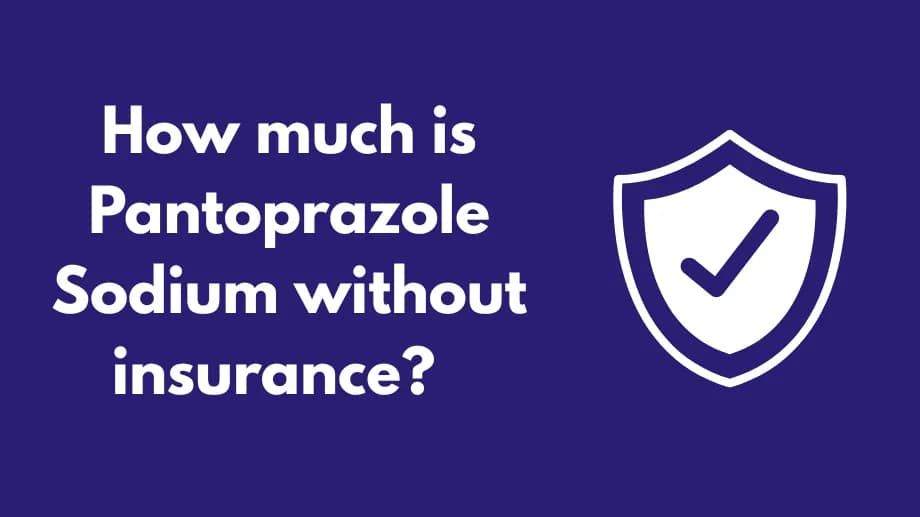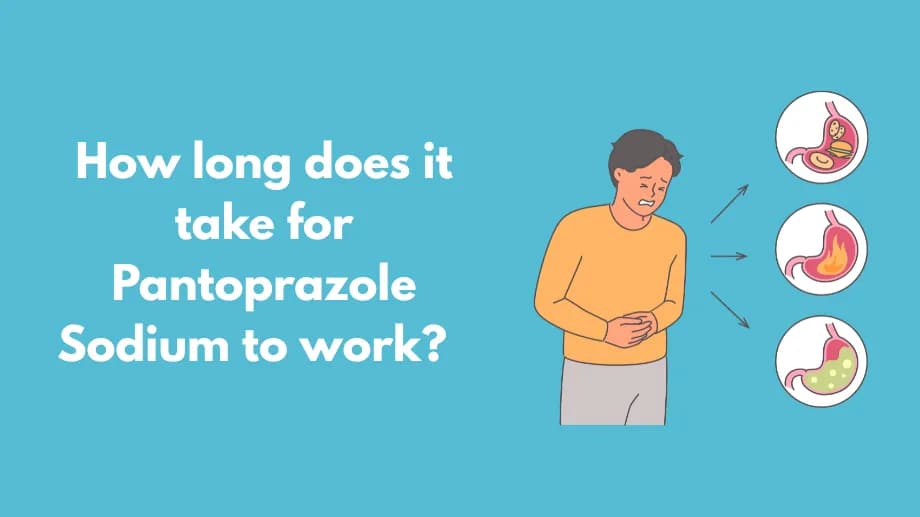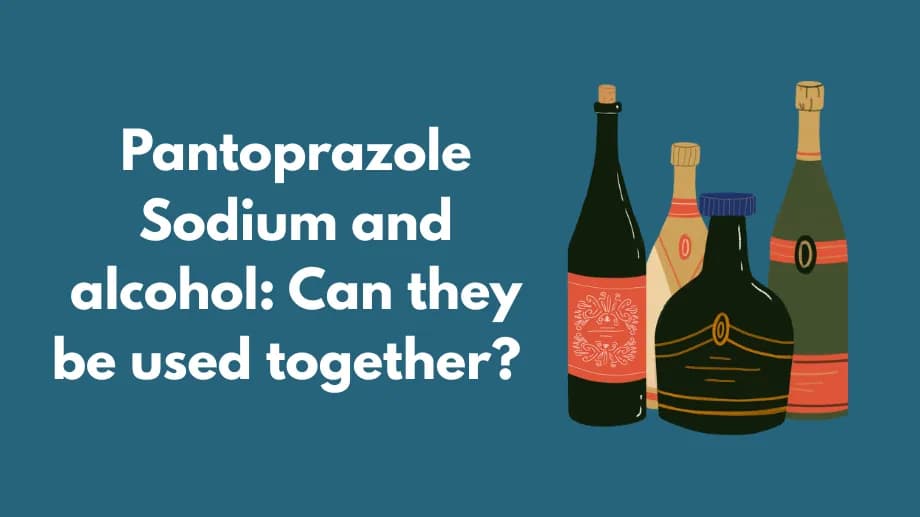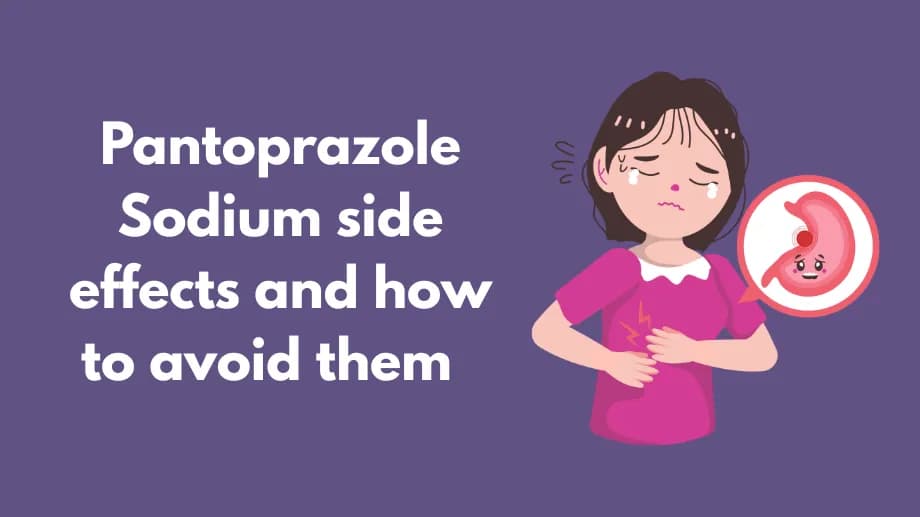How long does it take for Pantoprazole Sodium to work?
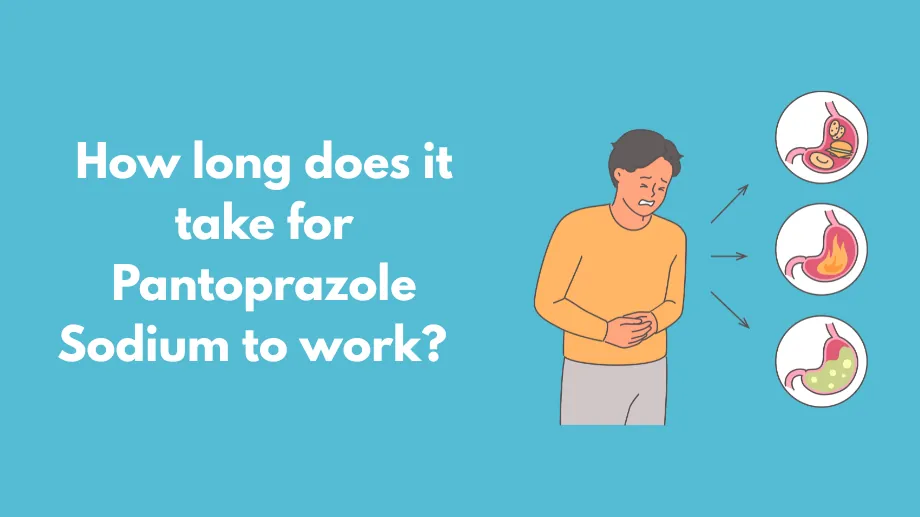
Pantoprazole sodium (brand name – Protonix) treats conditions caused by excess stomach acid, such as gastroesophageal reflux disease (GERD) and its complications.
Pantoprazole sodium is available as delayed‑release tablets and granules, typically taken once each morning. You may notice some symptom relief within 2–3 days, but it can take up to 4 weeks to experience the full effect for GERD.
If you have esophageal damage, treatment usually lasts up to 8 weeks. If healing is incomplete after 8 weeks, your provider may authorize another 8‑week course. Once healed, pantoprazole sodium is safe to continue for up to 12 months; studies beyond one year have not been conducted for this condition.
Read on for frequently asked questions about pantoprazole sodium.
Pantoprazole Sodium FAQs
What is pantoprazole used for?
Pantoprazole sodium is a proton pump inhibitor (PPI) FDA‑approved for:
- Short‑term treatment of erosive esophagitis due to GERD
- Maintenance of healed erosive esophagitis
- Zollinger‑Ellison syndrome and other acid‑hypersecretion conditions
Off‑label, it is also used to treat and prevent peptic ulcer disease or NSAID‑induced stomach ulcers.
How does pantoprazole sodium work?
Pantoprazole binds irreversibly to the H⁺/K⁺ ATPase enzyme (the gastric proton pump) in stomach parietal cells, reducing acid production. Lower acid levels relieve heartburn and allow healing of damaged stomach and esophageal tissue.
What are the side effects of pantoprazole sodium?
Common side effects include:
- Headache
- Stomach pain
- Diarrhea
- Nausea
Other possible side effects:
- Muscle aches
- Constipation
- Dizziness
- Vomiting
- Indigestion and gas
- Joint pain
Rare but serious side effects may include:
- Severe allergic reactions (hives; swelling of face, lips, tongue, or throat; breathing difficulty)
- Increased risk of osteoporosis and bone fractures with long‑term use
- Clostridium difficile–associated diarrhea
- Kidney damage or kidney failure
- Stevens‑Johnson syndrome or toxic epidermal necrolysis
- New or worsening systemic lupus erythematosus (SLE)
- Low magnesium levels, especially with long‑term use or diuretics
- Vitamin B12 deficiency after >3 years, potentially leading to anemia
- Fundic gland polyps (gastric lining growths that may become cancerous)
These are not all possible adverse effects. Consult your healthcare provider with any concerns and report side effects to the FDA at 1-800-FDA-1088 or www.fda.gov/medwatch.
What warnings and precautions are there?
Do not take pantoprazole sodium if you are allergic to it or its inactive ingredients. Inform your provider if you have:
- Low calcium, potassium, or magnesium levels
- Pregnancy or plans to become pregnant
- Breastfeeding or plans to breastfeed
Are there any drug interactions?
Pantoprazole can be safely taken with antacids such as Tums. Other interactions include:
- Antiretrovirals (nelfinavir, rilpivirine, atazanavir)
- Drugs requiring stomach acid for absorption (erlotinib, iron supplements, dasatinib, nilotinib, ampicillin, ketoconazole, itraconazole, mycophenolate mofetil)
- Warfarin
- Methotrexate
- Clopidogrel
How do you take pantoprazole sodium?
Take exactly as prescribed. Swallow delayed‑release tablets whole each morning, with or without food. Do not chew, crush, or split them.
If you cannot swallow tablets, pantoprazole granules for oral suspension can be mixed with apple juice or applesauce, or administered via gastrostomy/NG tube in apple juice.
If you miss a dose, take it as soon as you remember, then resume your regular schedule. Do not take two doses at once.
Store in the original container at room temperature below 86 °F (30 °C) and keep out of reach of children.
How long to heal erosive esophagitis?
Treatment typically lasts up to 8 weeks. If not fully healed, a second 8‑week course may be prescribed. Maintenance therapy can continue safely for up to 12 months in adults; pediatric long‑term safety beyond 8 weeks is not established.
How effective is pantoprazole for reflux?
Compared to ranitidine 150 mg daily, pantoprazole 20 mg or 40 mg maintained symptom‑free days in 83% vs. 58% over 12 months and heartburn‑free nights in 93% vs. 77%. Pantoprazole 20 mg also matches omeprazole 20 mg for maintenance of healed erosive esophagitis.
How long does pantoprazole stay in your system?
Pantoprazole begins working within 2.5 hours. Although its half‑life is ~1 hour, irreversible proton pump binding extends its acid‑suppressing effect up to 24 hours, until new pumps are synthesized.
Related Medications
- Prilosec (omeprazole)
- Nexium (esomeprazole)
- Zegerid (omeprazole/sodium bicarbonate)
- Aciphex (rabeprazole)
- Dexilant (dexlansoprazole)
- Prevacid (lansoprazole) and Prevacid SoluTab
